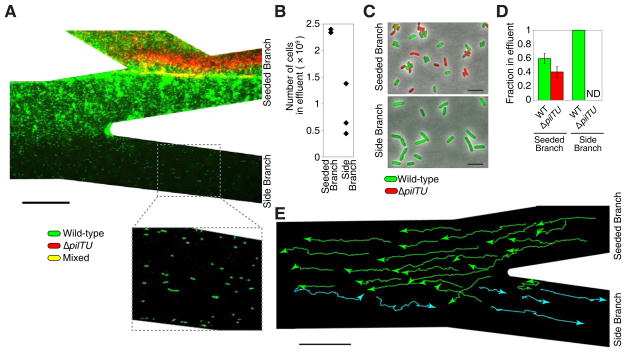Figure 2. Upstream dispersal provides P. aeruginosa with a selective growth advantage in flow.
(A) Surface colonization of wild-type (green) and pilus-defective ΔpilTU (red) P. aeruginosa cells in a branched network. An equal number of each strain was initially co-inoculated into the seeded branch (not shown). After 15 hours, wild-type cells colonized all areas of the device while ΔpilTU cells remained in the seeded branch. The effluent (containing planktonic and surface-detached cells) from each branch was collected and cultured for an additional 3.5 hours. (B) The total number of cells in each effluent was measured through optical density and the (C–D) effluent population composition was determined using fluorescence microscopy (see Experimental Procedures in Supplemental Information). ΔpilTU cells were not detected (ND) in the side branch. Error bars indicate standard deviation. (E) Trajectories of individual wild-type cells on surfaces, which move upstream (green) or downstream (cyan) in “zig-zag” paths that cross laterally into different streamlines. Each trajectory was acquired at 30 second intervals for 30 minutes. Scale bars indicate 100 μm for (A) and (E) and 5 μm for (C). All experiments were performed in triplicate.

